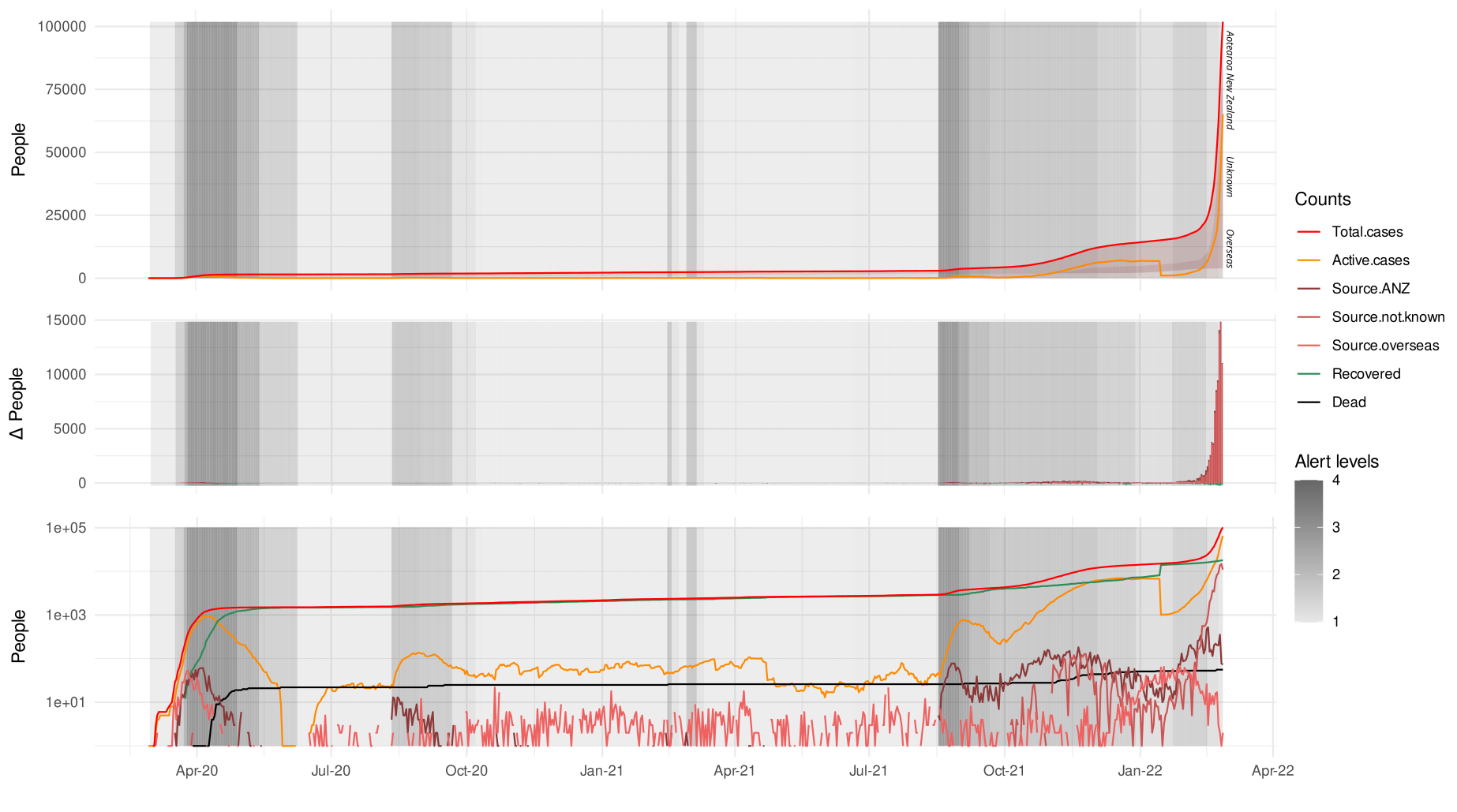
Star Trek TNG’s Data
image of Rodin’s Le Penseur cropped from
commons.wikimedia.org by Douglas O'Brien
image source boingboing.net
image at mitpress.mit.edu
“data is pretty much anything that has been systematically collected”
image source nasa.gov

source Bureau of Made Up Statistics
Wickham 2016, page 4
| Var1 | Var2 | ... | Varp | |
| Obs1 | ||||
| Obs2 | ||||
| ... | ||||
| ... | ||||
| ... | ||||
| Obsn |
tidyverse tools can be applied to spatial dataimage source commons.wikimedia.org from Snow, John. On the Mode of Communication of Cholera, 2nd Ed, John Churchill, New Burlington Street, London, England, 1855.
screenshot from Atari Battlezone game (1981)
see a
video of the game here
the rural idyll in the Minecraft universe